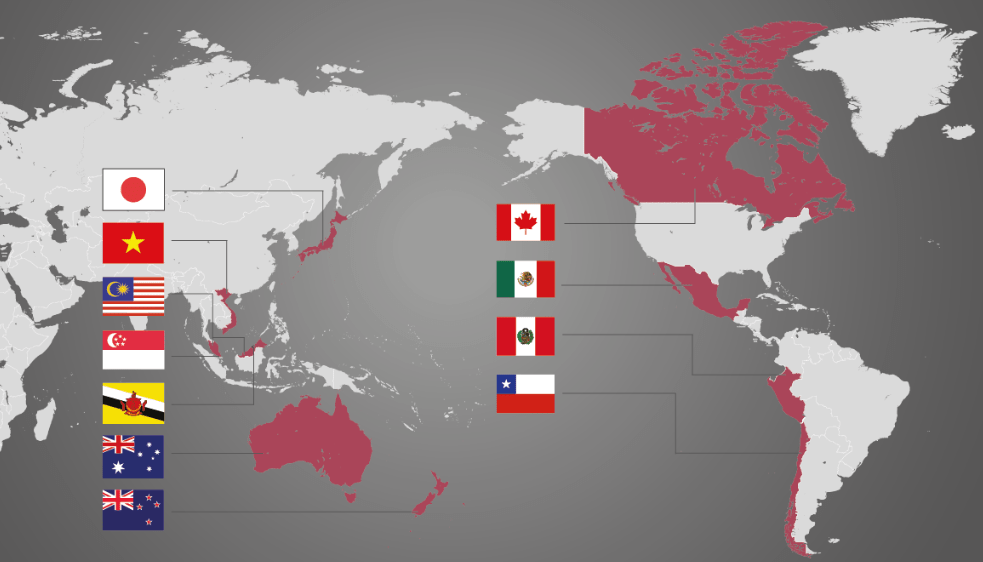China began the formal process of acceding to the Comprehensive and Progressive Treaty of Trans-Pacific Partnership (CPTPP).
As a first step, the Chinese government notified the Australian government, which is the depositary of that trade agreement, on Thursday of its request to be part of the CPTPP.
“On September 16, China’s Trade Minister Wang Wentao submitted a written letter of China’s official request to join CPTPP to Damien O’Conno, New Zealand’s Minister of Trade and Export Growth, depositary of the CPTPP”, says a statement released this Thursday by the Ministry of Commerce of China.
The member countries of this treaty have already created a group to analyze the United Kingdom’s entry into that trade agreement.
From the beginning of 2021, the United Kingdom formally requested its adherence to this trade agreement through a letter sent to New Zealand.
On December 30, 2018, the CPTPP entered into force among the first six countries to ratify the agreement: Canada, Australia, Japan, Mexico, New Zealand and Singapore. On January 14, 2019, the validity for Vietnam began. It does not yet operate for Brunei Darussalam, Chile, Malaysia and Peru.
«The ministers of the two countries (China and Australia) also held a teleconference to communicate about follow-up work related to China’s formal application for membership,» added the statement from the Chinese Ministry of Commerce.
For its part, Peru will put the CPTPP into effect on September 19.
CPTPP
In general, the treaty provides for an almost complete liberalization of tariffs among the participants.
Likewise, tariffs are maintained only in some very sensitive areas; for example, Japan maintains tariffs on rice, while Canada’s dairy industry is also protected.
It also provides a single set of rules of origin and allows content from all member countries to be «rolled up».
If a good must have at least 70% “CPTPP content” to qualify for preferential tariffs, that 70% can come from any combination of countries in the bloc.
The treaty includes 30 chapters, with traditional disciplines such as: trade in goods, rules of origin, services, investment, among others, as well as next-generation topics such as: disciplines for state-owned companies, trade and labor, trade and the environment, intellectual property and electronic commerce.
![]()

